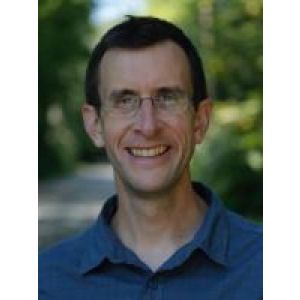All Oceans People
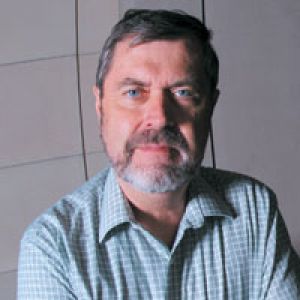
Arthur B. Baggeroer
Professor of Mechanical, Ocean and Electrical Engineering, Ford Professor of Engineering, Emeritus Home Phone: (617) 253-4336 Personal Email: abb@boreas.mit.edu Interest Areas: acoustics, sensing Website WebsiteOcean acoustics, sonar array processing, acoustic telemetry of the ocean and matched field array processing.

George Barbastathis
Singapore Research Professor of Optics; Professor of Mechanical Engineering Home Phone: (617) 253-1960 Personal Email: gbarb@mit.edu Interest Areas: optics, autonomous imaging Website WebsitePhysics and engineering of 3D optical systems for use in autonomous devices to capture digital holographic images of ocean species (e.g. plankton) and multi-phase flows.
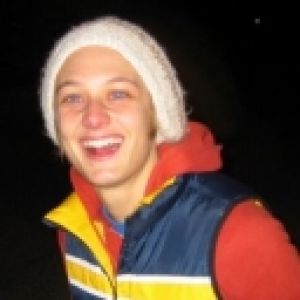
Tanja Bosak
Assistant Professor of Geobiology Home Phone: (617) 324-3959 Personal Email: tbosak@mit.edu Interest Areas: microbiology, geology Website WebsiteCo-evolution of life and the environment on early Earth; study of the microfossil record associated with major climatic and geochemical oscillations in the Neoproterozoic.

Ed Boyle
Professor of Ocean Geochemistry; Director of WHOI-MIT Joint Program Home Phone: 617-253-2288 Personal Email: eaboyle@mit.edu Interest Areas: chemical oceanography, biogeochemistry Website WebsiteMarine chemistry: distribution of trace elements in the ocean and their use as paleochemical tracers; response of the ocean to anthropogenic lead emissions; relation between dust, iron in the ocean, and marine biological activity.
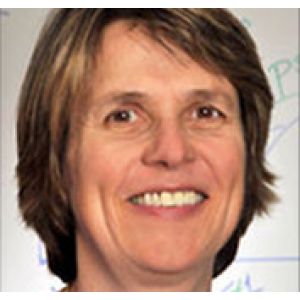
Sallie (Penny) W. Chisholm
Professor of Environmental Studies; Professor of Biology Home Phone: (617) 253-1771 Personal Email: chisholm@mit.edu Interest Areas: biological oceanography, microbial ecology Website WebsiteMicrobial oceanography: the role of marine phytoplankton in the ocean’s “metabolism”; the cyanobacterium Prochlorococcus as a model to study marine ecology from the genome level to the whole ocean.
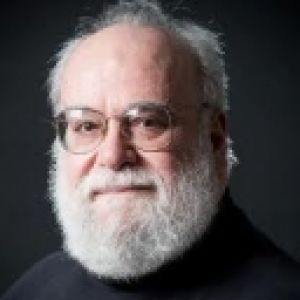
Chryssostomos Chryssostomidis
Director, MIT Sea Grant, Doherty Professor of Ocean Science and Engineering Professor of Mechanical & Ocean Engineering Home Phone: 617 253-7131 Personal Email: chrys@mit.edu Interest Areas: autonomous underwater vehicles Website WebsiteDevelopment of technology and systems for advanced autonomous surface and underwater vehicles.

Edward F. DeLong
Morton and Claire Goulder Professor, Department of Civil and Environmental Engineering and Department of Biological Engineering Work Phone: (617) 253-5271 Work Email: delong@mit.edu Interest Areas: biological oceanography, microbial ecology Website WebsiteStructure, function and ecological significance of natural microbial communities in a variety of marine habitats.
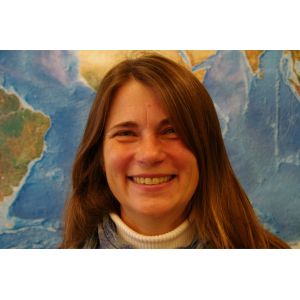
Stephanie Dutkiewicz
Principal Research Scientist Home Phone: (617) 253-2454 Personal Email: stephd@ocean.mit.edu Interest Areas: Biogeochemistry Website WebsiteBiogeochemical cycles
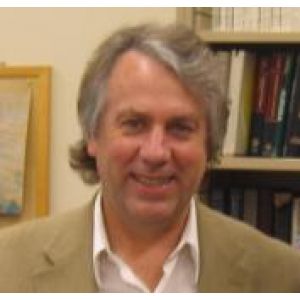
Kerry Emanuel
Cecil and Ida Green Professor of Atmospheric Science Home Phone: (617) 253-2462 Personal Email: emanuel@mit.edu Interest Areas: atmospheric convection, hurricanes Website WebsiteAtmospheric convection; interaction of hurricanes with the ocean.
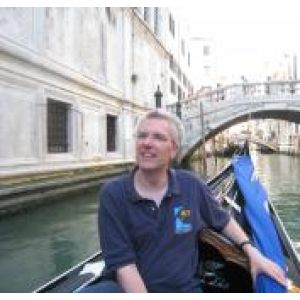
Raffaele Ferrari
Breene M. Kerr Professor of Oceanography Home Phone: (617) 253-1291 Personal Email: raffaele@MIT.EDU Interest Areas: physical oceanography, paleoclimate, biological oceanography Website WebsiteOcean circulation: dynamics of the ocean and climate, atmospheric and oceanic turbulence, air-sea interactions, the energetics of the ocean circulation, the impact of ocean physics on biology, and paleoclimate.
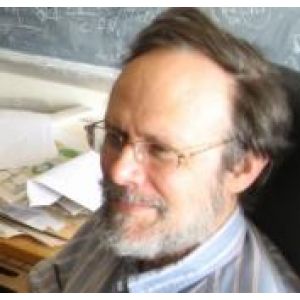
Glenn Flierl
Professor of Oceanography Home Phone: (617) 253-4692 Personal Email: glenn@lake.mit.edu Interest Areas: physical oceanography, eddies Website WebsiteOceanic eddies and their impacts upon the distribution of tracers and on the biology of the sea.
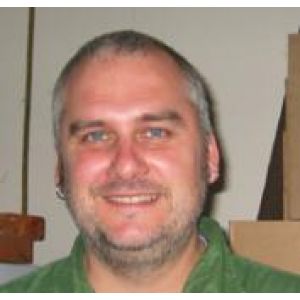
Mick Follows
Associate Professor Home Phone: (617) 253-5939 Personal Email: mick@mit.edu Interest Areas: biogeochemistry, ocean circulation Website WebsiteModels of interactions of ocean circulation, biogeochemical cycles and marine ecosystems.
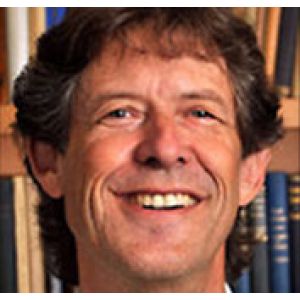
Philip M. Gschwend
Ford Professor of Civil and Environmental Engineering Home Phone: (617) 253-1638 Personal Email: pmgschwe@mit.edu Interest Areas: environmental organic chemistry Website WebsiteEnvironmental organic chemistry: phase exchanges and transformation processes; the modeling of fates of organic pollutants; the roles of colloids and black carbons; and passive sampling for site evaluation.

Patrick Heimbach
Principal Research Scientist Home Phone: (617) 253-5259 Personal Email: heimbach@mit.edu Interest Areas: ocean and ice, inverse methods Website WebsiteOcean circulation and its role in the global climate system; the dynamics of sea ice, ice sheets, and glaciers.
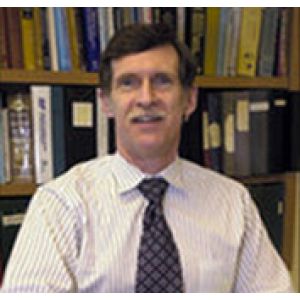
Harry F. Hemond
Professor of Civil and Environmental Engineering Home Phone: (617) 253-1637 Personal Email: hfhemond@mit.edu Interest Areas: biogeochemistry, renewable energy Website WebsiteEarth’s biochemical cycles and development of novel observational systems to study those cycles; methods to interact sustainably with the natural environment.

Christopher N. Hill
Principal Research Engineer Home Phone: (617) 253-6430 Personal Email: cnh@mit.edu Interest Areas: ocean modeling, computation Website WebsiteOcean modeling: development of software, computing infrastructure and numerical algorithms for simulation of atmospheric, oceanic and geophysical flows.

Franz S. Hover
Finmeccanica Career Development Professor in Engineering Home Phone: (617) 253-6762 Personal Email: hover@mit.edu Interest Areas: networking, engineering Website WebsiteDesign methods for complex ocean systems; autonomous inspection of in-water ships; design of ocean networks comprising groups of communicating vehicles as well as fluid and power systems.

John Leonard
Professor of Mechanical and Ocean Engineering Home Phone: (617) 253-0607 Personal Email: jleonard@mit.edu Interest Areas: navigation, robotics, mapping Website WebsiteNavigation and mapping for autonomous mobile robots, robotic localization and mapping applications below, on and above water in marine and river environments.
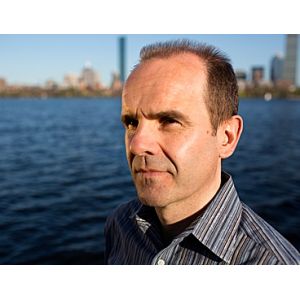
Pierre Lermusiaux
Associate Professor in Ocean Utilization Home Phone: (617) 324-5172 Personal Email: pierrel@mit.edu Interest Areas: modeling systems, ocean dynamics Website WebsiteOcean modeling and data assimilation techniques to quantify regional ocean dynamics on multiple scales; new methods for multiscale modeling, uncertainty quantification, data assimilation and the guidance of autonomous vehicles.
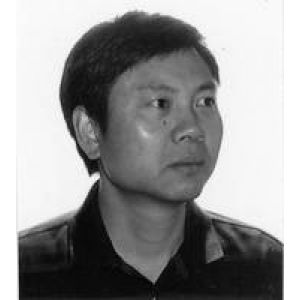
Yuming Liu
Principal Research Scientist Home Phone: (617) 252-1647 Personal Email: yuming@mit.edu Interest Areas: Theoretical and computational hydrodynamics Website WebsiteDevelopment of tools for analysis and design of advanced ocean systems including ships, offshore platforms, and underwater vehicles. Development of tools for ocean wave prediction. Wave/tide energy extraction, and advanced propulsion.
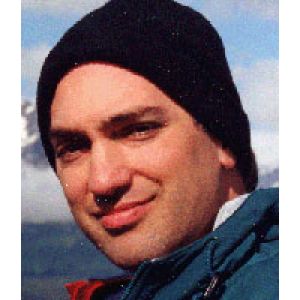
Nicolas Makris
Professor of Mechanical and Ocean Engineering Home Phone: (617) 258-6104 Personal Email: makris@mit.edu Interest Areas: engineering, remote sensing Website WebsiteOcean exploration, remote sensing of marine life and geophysical phenomena, census of marine life, ocean acoustics, and hurricane classification.

John Marshall
Cecil and Ida Green Professor of Oceanography Home Phone: (617) 253-9615 Personal Email: jmarsh@mit.edu Interest Areas: oceanography, climate dynamics Website WebsiteClimate and the general circulation of the atmosphere and oceans; development of mathematical and numerical models of key physical and biogeochemical processes, oceans and climate, and paleoclimate.

David McGee
Assistant Professor Work Phone: (617) 324-3545 Personal Email: davidmcg@mit.edu Interest Areas: paleoclimatology, geochemistry Website WebsiteStudy of paleoclimate using geochemical tools, with focus on applications of uranium-series isotopes; improved understanding of the response of atmospheric circulation and the hydrological cycle to different boundary conditions.
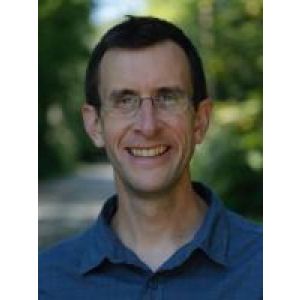
David McGee
Assistant Professor Work Phone: 617 324 3545 Work Email: davidmcg@mit.edu Interest Areas: MITEAPS Website http://mit.edu/davidmcg/www/David McGee’s research focuses on understanding the atmosphere’s response to past climate changes. By documenting past changes in precipitation and winds using geochemical measurements of stalagmites, lake deposits and marine sediments and interpreting these records in the light of models and theory, he aims to offer data-based insights into the patterns, pace and magnitude of past hydroclimate changes. His primary tool is measurements of uranium-series isotopes, which provide precise uranium-thorium dates for stalagmites and lake deposits and allow reconstructions of windblown dust emission and transport using marine sediments.
McGee joined the faculty in 2012 after completing a postdoctoral fellowship with a joint appointment at the University of Minnesota and the Lamont-Doherty Earth Observatory. He holds a Ph.D. in Earth and environmental sciences from Columbia University.
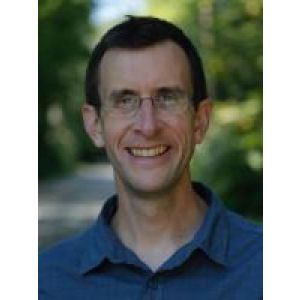
David McGee
Kerr-Mcgee Career Development Assistant Professor Work Phone: 617 324 3545 Work Email: davidmcg@mit.edu Interest Areas: MITEAPS Website http://mit.edu/davidmcg/www/David McGee’s research focuses on understanding the atmosphere’s response to past climate changes. By documenting past changes in precipitation and winds using geochemical measurements of stalagmites, lake deposits and marine sediments and interpreting these records in the light of models and theory, he aims to offer data-based insights into the patterns, pace and magnitude of past hydroclimate changes. His primary tool is measurements of uranium-series isotopes, which provide precise uranium-thorium dates for stalagmites and lake deposits and allow reconstructions of windblown dust emission and transport using marine sediments.
McGee joined the faculty in 2012 after completing a postdoctoral fellowship with a joint appointment at the University of Minnesota and the Lamont-Doherty Earth Observatory. He holds a Ph.D. in Earth and environmental sciences from Columbia University.
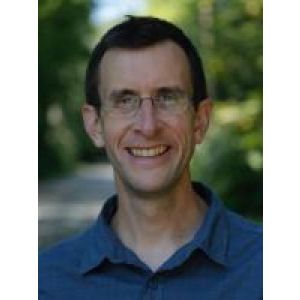
David McGee
Kerr-Mcgee Career Development Assistant Professor Work Phone: 617 324 3545 Work Email: davidmcg@mit.edu Interest Areas: MITEAPS Website http://mit.edu/davidmcg/www/David McGee’s research focuses on understanding the atmosphere’s response to past climate changes. By documenting past changes in precipitation and winds using geochemical measurements of stalagmites, lake deposits and marine sediments and interpreting these records in the light of models and theory, he aims to offer data-based insights into the patterns, pace and magnitude of past hydroclimate changes. His primary tool is measurements of uranium-series isotopes, which provide precise uranium-thorium dates for stalagmites and lake deposits and allow reconstructions of windblown dust emission and transport using marine sediments.
McGee joined the faculty in 2012 after completing a postdoctoral fellowship with a joint appointment at the University of Minnesota and the Lamont-Doherty Earth Observatory. He holds a Ph.D. in Earth and environmental sciences from Columbia University.
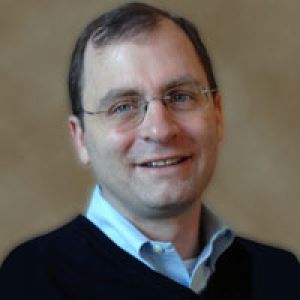
David Mindell
Dibner Professor of the History of Engineering and Manufacturing, and Head of DeepArch Group in Technology, Archaeology and the Deep Sea Home Phone: (617) 253-0221 Personal Email: mindell@mit.edu Interest Areas: Website WebsiteHistorian and electrical engineer, an expert on human/machine relationships in broad technical, social, and historical contexts.
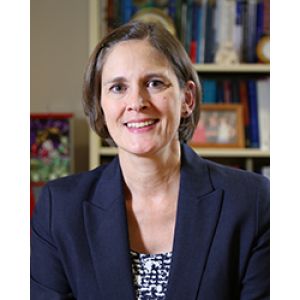
Heidi Nepf
Professor, Margaret MacVicar Fellow in Civil and Environmental Engineering Home Phone: (617) 253-8622 Personal Email: hmnepf@mit.edu Interest Areas: fluid mechanics, ecology Website WebsitePhysical mechanisms which affect the transport and fate of contaminants and nutrients in surface water systems; wetland hydrodynamics, vegetated flow dynamics, and lake physics.
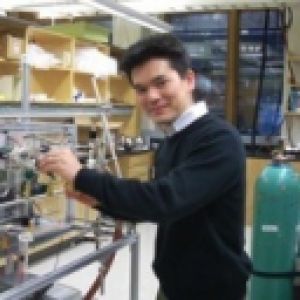
Shuhei Ono
Assistant Professor of Earth Sciences Home Phone: (617) 253-0474 Personal Email: sono@mit.edu Interest Areas: microbial oceanography, ecology Website WebsiteInterplay among atmosphere, rock, water and microbes; the photochemical sulfur isotope effect, early microbial evolution, deep biosphere, and seafloor hydrothermal deposits.

Alan Oppenheim
Ford Professor of Engineering Home Phone: (617) 253 2561 Personal Email: avo@mit.edu Interest Areas: digital signal processing Website WebsiteResearch interests are in the general area of signal processing and its applications: coauthor of the widely used textbooks Discrete-Time Signal Processing and Signals and Systems.
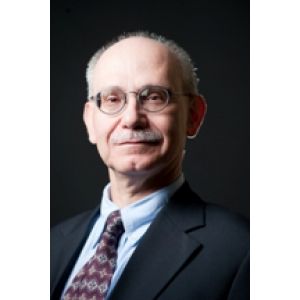
Nicholas Patrikalakis
Kawasaki Professor of Engineering Professor of Mechanical and Ocean Engineering Home Phone: (617) 253-4555 Personal Email: nmp@mit.edu Interest Areas: Robotics and Sensing Website WebsiteRobotics and Sensing, Dynamic Data-Driven Forecasting Systems, Computer-Aided Design, Visualization.

Thomas Peacock
Associate Professor of Mechanical Engineering Home Phone: (617) 258-0736 Personal Email: tomp@mit.edu Interest Areas: fluid dynamics, stratified flows Website WebsiteLaboratory experiments to obtain insight into all manner of dynamical phenomena, from micro-scale diffusive processes to global-scale oceanic wave fields.
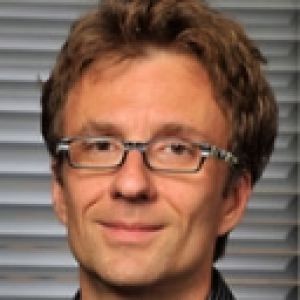
Martin Polz
Professor, Civil and Environmental Engineering Home Phone: (617) 253-7128 Personal Email: mpolz@mit.edu Interest Areas: environmental microbiology, microbial ecology Website WebsiteExploration of structure-function relationships in microbial communities using quantitative molecular approaches, genomics, physiology, and modeling.
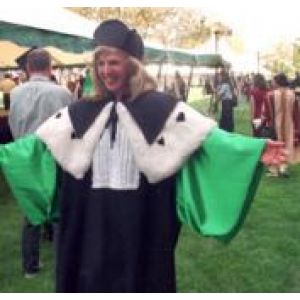
Paola Rizzoli
Professor of Physical Oceanography Home Phone: (617) 253-2451 Personal Email: rizzoli@mit.edu Interest Areas: general circulation, climate modeling Website WebsiteClimate; general ocean circulation and ecosystem models developed through mathematical numerical models.

Daniel Rothman
Professor of Geophysics Home Phone: (617) 253-7861 Personal Email: dhr@mit.edu Interest Areas: theoretical geophysics, biogeochemistry and paleobiology Website WebsiteDynamical organization of the natural environment through investigation of the cooperative phenomena underlying common yet poorly understood observations. Work combines theory, field observations, and experiments to study problems including the carbon cycle and climate, the co-evolution of life and the environment, and the dynamics of fluids, rocks, and sand.
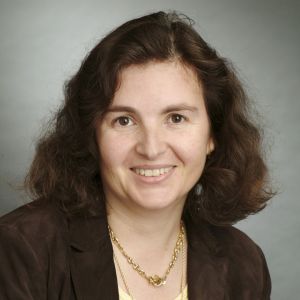
Daniela Rus
Professor of Electrical Engineering and Computer Science and Head of CSAIL Home Phone: (617) 258 7567 Personal Email: rus@csail.mit.edu Interest Areas: environmental robotics Website WebsiteDistributed robotics, mobile computing, programmable matter and applications in environmental robotics.
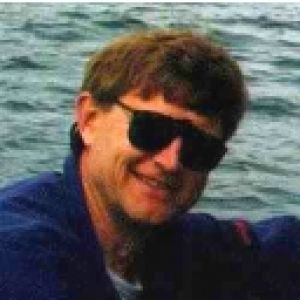
Henrik Schmidt
Professor of Mechanical and Ocean Engineering Home Phone: (617) 253-5727 Personal Email: henrik@mit.edu Interest Areas: engineering, acoustics Website WebsiteArctic and shallow water acoustics; scattering and reverberation due to sea surface and ice roughness; determination of seismic-acoustic propagation and reverberation in ocean environments; and 3-D acoustics in very shallow water.
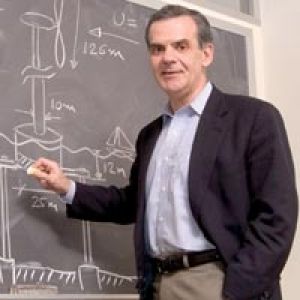
Paul Sclavounos
Professor of Mechanical Engineering and Naval Architecture Home Phone: (617) 253-4364 Personal Email: pauls@mit.edu Interest Areas: Maritime, offshore and energy engineering applications Website WebsiteModeling of free surface flows past conventional and high-speed vessels and the estimation of their resistance and seakeeping in deep and shallow waters. Coupling of hydrodynamic simulations with optimal control theory for the minimization of the motions and the fuel efficient navigation of vessels.
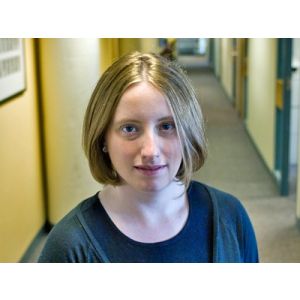
Noelle Eckley Selin
Assistant Professor of Engineering Systems and Atmospheric Chemistry Home Phone: (617) 324-2592 Personal Email: selin@mit.edu Interest Areas: Engineering Systems Division and Department of Earth, Atmospheric and Planetary Sciences Website WebsiteMy research focuses on using atmospheric chemistry modeling to inform decision-making strategies on air pollution, climate change and hazardous substances such as mercury and persistent organic pollutants (POPs).

Alexander Slocum
Neil and Jane Pappalardo Professor of Mechanical Engineering Home Phone: (617) 253-0012 Personal Email: slocum@mit.edu Interest Areas: MEMS, precision engineering, machine and product design Website WebsiteDesign and manufacture of innovative medical devices, precision machines and components, and energy systems, including offshore, floating wind turbines.
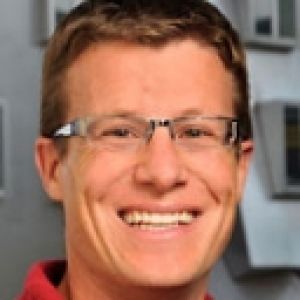
Roman Stocker
Associate Professor Home Phone: (617) 253-3726 Personal Email: romans@mit.edu Interest Areas: physical ecology, environmental microfluidics Website WebsitePhysical ecology of microorganisms; microscale transport phenomena; microfluidic experiments to understand how physical forces and chemical signals shape the behavior of marine microorganisms.

Roger Summons
Professor of Geobiology Home Phone: (617) 452-2791 Personal Email: rsummons@mit.edu Interest Areas: geobiology, biogeochemistry Website WebsiteBiogeochemistry and geobiology: lipid chemistry of geologically significant microbes and microbial ecosystems; organic and isotopic indicators of climate change; evolution and mass extinction; biomarkers in sediments and petroleum; and biogeochemical fossils.

Lawrence Susskind
Ford Professor of Urban and Environmental Planning; Director, MIT Science Impact Collaborative Home Phone: (617) 253-2026 Personal Email: susskind@mit.edu Interest Areas: Urban and Environmental Planning Website WebsiteTheory and practice of negotiation and dispute resolution, the practice of public engagement in local decision-making, the resolution of science-intensive policy disputes, renewable energy policy, climate change adaptation and the land claims of Indigenous Peoples; many areas of his work relate to ocean and coastal resource management.
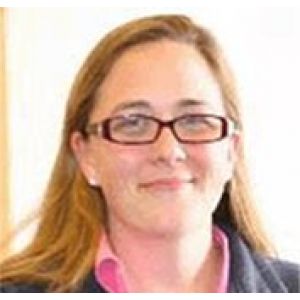
Alexandra H. Techet
Associate Professor of Mechanical and Ocean Engineering Home Phone: (617) 452-2266 Personal Email: ahtechet@mit.edu Interest Areas: hydrodynamics, engineering Website WebsiteSolving hydrodynamics problems for use by the ocean science and engineering communities through rigorous experimental investigation and imaging.
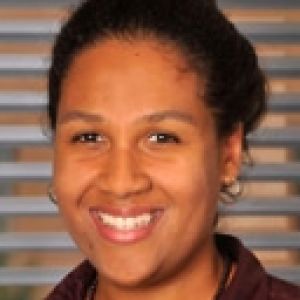
Janelle R. Thompson
Assistant Professor in Ocean Utilization Home Phone: (617) 324.5268 Personal Email: janelle@mit.edu Interest Areas: microbial ecology, microbial oceanography Website WebsiteMicrobial oceanography: study of the relationship between the structure of microbial communities and their function using molecular biology, genomics, and genetics.

Michael S. Triantafyllou
William I. Koch Professor of Marine Technology; Professor of Mechanical and Ocean Engineering; Associate Head for Ocean Engineering Home Phone: (617) 253-4335 Personal Email: mistetri@mit.edu Interest Areas: fluid dynamics, biometrics Website WebsitePhysics of flow-sensing in fish and marine mammals; achieving super-maneuverability in ocean vehicles through flow feedback control; development of biometric robots to study the agility of fish and cetaceans.
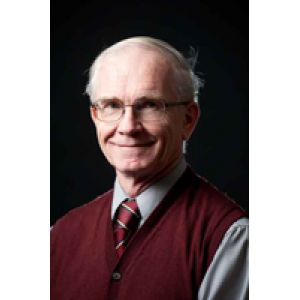
J. Kim Vandiver
Dean for Undergraduate Research, Professor of Mechanical and Ocean Engineering Home Phone: (617) 253-4366 Personal Email: kimv@mit.edu Interest Areas: structural dynamics, ship vibration, and downhole drillstring dynamics Website WebsiteDynamics of offshore structures and flow-induced vibration.
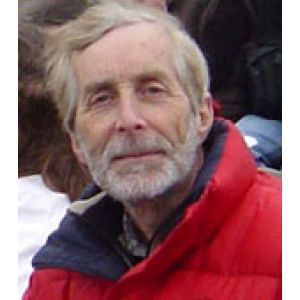
Tomasz Wierzbicki
Professor of Applied Mechanics Home Phone: (617) 253-2104 Personal Email: wierz@mit.edu Interest Areas: structural crashworthiness and failure Website WebsiteStructural mechanics of large complex structures, impact loads and weapon effects on structures, and crashworthiness.
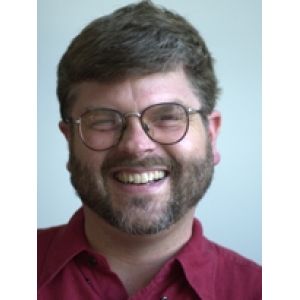
Brian Williams
Professor of Aeronautics and Astronautics Home Phone: (617) 253-1678 Personal Email: williams@mit.edu Interest Areas: model-based programming, robotics Website WebsiteModel-based programming and cooperative space, air, land and undersea vehicles, on Earth and on other planets

Carl Wunsch
Cecil and Ida Green Professor of Physical Oceanography Home Phone: (617) 253-5937 Personal Email: cwunsch@mit.edu Interest Areas: ocean circulation, climate Website WebsiteUnderstanding ocean circulation and its implications for climate and paleoclimate by combining global general circulation models and the recently available global data sets.

Dick K.P. Yue
Professor of Mechanical and Ocean Engineering; Director of International Programs Home Phone: (617) 253-6823 Personal Email: yue@mit.edu Interest Areas: fluid mechanics, ocean engineering Website WebsiteMarine fluid mechanics and ocean engineering: problems ranging from coastal and offshore development to understanding the role of oceans in global warming.

